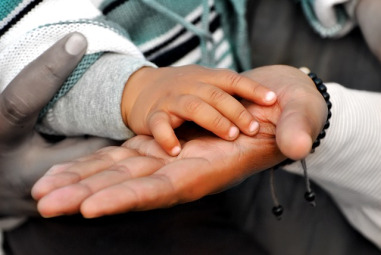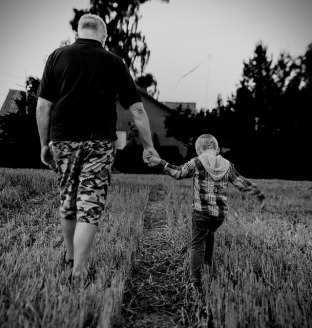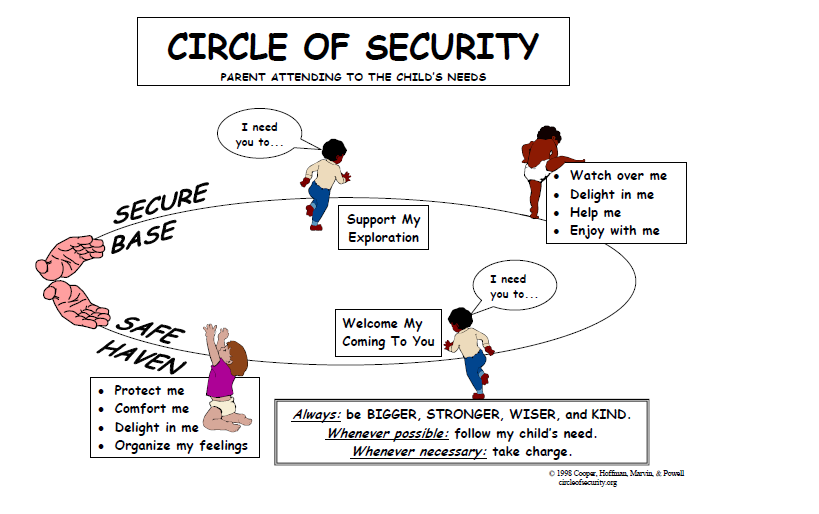As a mom of an almost 1 year old, I get caught up in all the changes that have happened in my life over the past year. It seems like you can’t prepare enough for the new blessing that is about to come into your life. Even when well-meaning friends, family members, and Pinterest posts do their best to prepare you, it seems like the majority of my experience within the first few months of having my daughter were wrought with the question: “Why didn’t anyone tell me about this?” Now that I have had times to think on this, I think it is because no new mom’s experience is the same. This might seem like Captain Obvious has come knocking on the door, but I think this is an important statement. It is not meant to isolate it is meant to validate. Too often we as moms try and share our experience, and instead of just being listened too, we get cut off as someone tells us that they “went through the exact same thing.” There is definitely a time and a place for these comments, but I think they get thrown out too often, and honestly it’s difficult to tell if the person sharing is trying to be supportive, or if they are caught up in their own reminiscence that they cease to really be engaged in what the new mom is saying. I have even caught myself doing this with some of my pregnant friends. Honestly, there can be so much power is sitting with a new mom (this includes moms who are welcoming a new baby no matter how many kids they already have) and really hearing their experience. This is a time where there is so much going on, and there will be growing pains no matter what, because finding a new normal is not easy!
In my own journey of finding a new normal, I have realized how much I need to be listened to, and through that I have a heightened sensitivity to the fact that so much in parenthood is not talked about. I am not just talking about Postpartum Depression and Anxiety, but even this subject has a huge gap: either you are thinking about hurting yourself and your baby, or you “just have the baby blues.” Maybe it’s just me, but the emotions of a Postpartum life are more complex than being written off as “just the baby blues,” when people confirm that you are not a danger to yourself or your baby. You are not sleeping, you have the weight of being solely responsible of a brand new human, and your emotions are thrown out of whack due to surging hormones. For me there were days where I looked outside and just burst into tears, and I didn’t know why. While those early days are a blur of nursing, no sleep and watching a lot of Fixer Upper, one thing that vividly stands out is feeling fear. I was afraid to tell people that I was struggling with my emotions, and I like to think of myself as having a pretty good handle on emotional regulation. I was afraid of judgement, of being seen as a bad mom, or of being dismissed, because either someone experienced the “exact same thing,” (this should have been obvious to me considering the fact that I am not an individual with my own experiences, and emotions, duh). I think my biggest fear in dismissal was the opposite though, I was terrified of being dismissed, because what I was going through might have been different than someone else, and instead of trying to hear and understand what I was saying, they would write me off as exaggerating.
Here’s the thing, I am writing this post, not to lament my experience, but to share it and use it as a tool for support for others. Whatever women may be experiencing post baby it is their experience, and they deserve to be heard, not constantly berated with stories, advice or thoughtless questions. I can’t tell you how amazing it was to have that first person be willing to sit, and hear me. I believed I was able to walk forward into motherhood with more confidence when I knew I had the ear and support of someone who wanted to know my thoughts and feelings about being a new mother, and let their need to “share” take a backseat for a second, and every new mom deserves this! Whether you are a new mom because you have had your first, adding a new addition to your family, or a new step-mother or adopted mom you deserve the opportunity for support while you find your new normal. Here are a few thoughts and general guidelines for working through this:
- The statement: “It takes a village” could not be more true! Find your people to help you adjust without judgement. This means listening to you, letting you cry in front of them, or knowing when to let you have space without making you feel guilty for “being too stingy with your new baby.”
- Find a way to process this surge of emotions, this can mean journaling, talking or doing something relaxing. This might seem like a crazy suggestion, because really, who has time to journal after a new baby, but sometimes things need to get out. Sometimes we can be so full of emotions and difficult thoughts that it impedes our rest. We all know how essential rest is with a new baby, so find a way to constructively process.
- Talk to someone, you are not meant to go through this alone! I cannot stress this enough, and you deserve to have someone who is willing to sit with you during the highs and lows of finding a new normal. You deserve someone who will laugh with you, and cry with you; not because they are trying to take your experience, but because they value you enough to partner with you during this difficult season.
- Celebrate where you are and what you are doing. You are the best possible mom for your children, because of the simple fact that YOU are their mother. This is huge, and worth celebrating! Even when the insecurities of finding this new normal seem overwhelming, try to remind yourself that you are doing exactly what you need to be doing by caring for your children, and when it comes to them specifically, no one can do it better than you!





